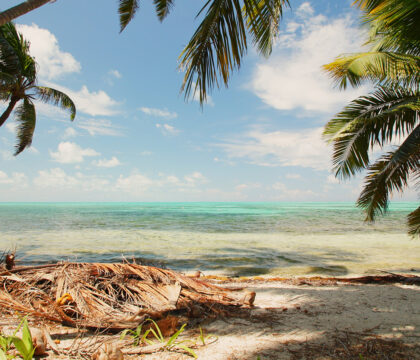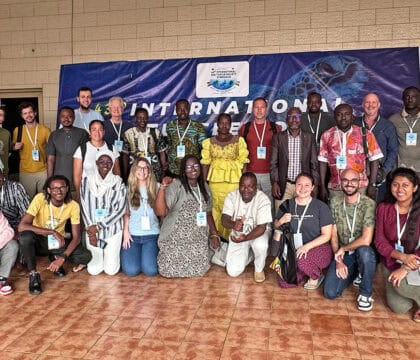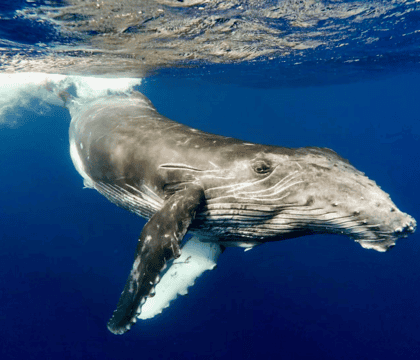January 14, 2025 • Blue Habits Tips
The world of sustainable seafood is complex and sometimes overwhelming, with conflicting advice and confusing labels. But fear not, we’re here to set the record straight on a few common misconceptions. Below are five popular myths about seafood that you can stop believing:
Myth #1: Sustainable seafood is too expensive.
While some premium catches may be pricier, sustainable seafood doesn’t have to break the bank. Shopping seasonally for seafood like Pacific hake (a good alternative for Cod) in spring or mackerel in summer is both budget-friendly and delicious. Canned or tinned fish can also be a cost-effective sustainable option that provides high protein content and a long shelf life.
Moreover, many big chain stores, known for their lower prices, have taken significant strides to source sustainable seafood. Walmart, for example, has been working towards sustainable seafood sourcing since 2006. As of 2020, they state that 98% of their wild-caught seafood is certified sustainable by Fishery Improvement Project (FIP) or Marine Stewardship Council (MSC).
Whole Foods is well-known for its commitment to providing sustainable seafood, including canned tuna. In 2017, they joined the International Pole and Line Foundation (IPNLF), which promotes the most sustainable form of catching these fish. Every canned tuna and other tuna product at Whole Foods meets these high standards, and they offer a wide selection.
Wegmans is also leading the way in environmentally friendly seafood packaging by being the first grocer to replace single-use Styrofoam packaging for fish with reusable plastic containers.
The demand for sustainable seafood is only rising, with 71% of global consumers considering sustainability important when purchasing seafood. Local markets are also a great place to find affordable and sustainable options. Engage in conversations with knowledgeable fishmongers who can guide you.
Remember, the long-term benefits for your health and the planet outweigh the initial cost. As a consumer, you have the power to “vote with your wallet.” A survey from 2022 found that nearly half of U.S. consumers are willing to pay a bit more for sustainable options.
>> Shopping tip: You can check the seafood sustainability rating of many common grocery chains here.
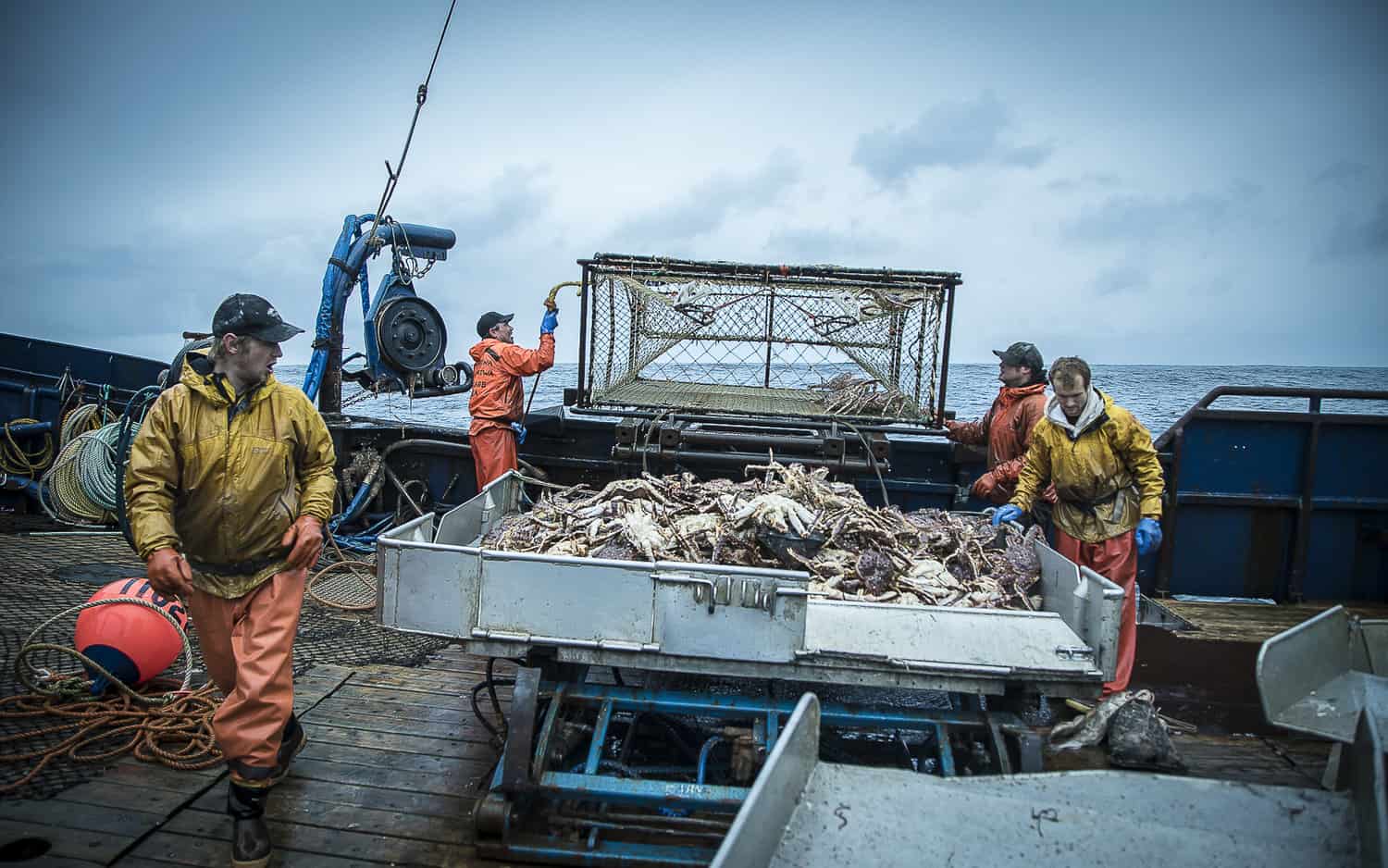
© Jeff Hester / Ocean Image Bank
Myth #2: Wild-caught seafood is always better than farmed seafood.
When it comes to sustainable seafood, generalizations can be troublesome. While wild-caught sometimes takes the sustainability crown, this is not always the case. The quality and sustainability of seafood depend on many factors, and it is not a blanket rule that one is inherently better than the other. Seafood can be harvested sustainably from both wild populations and aquaculture, as long as proper practices are followed.
Take bivalves such as oysters, mussels, and scallops, for example. These are among the most sustainable seafood choices because the impacts of farming plankton-filtering species such as these are minimal. Consumers are much more likely to encounter farmed bivalves than wild-caught ones, as approximately 90% of global production comes from aquaculture. Notably, no farmed sources are currently on Monterey’s Seafood Watch ‘avoid’ list, highlighting the positive impact of responsible aquaculture practices.
When done responsibly, aquaculture can be a sustainable solution that helps meet the increasing global demand for protein while reducing pressure on wild stocks. It can even be a net positive for the oceans, as in the case of farmed oysters. Sustainable aquaculture initiatives ensure the use of responsible feed sources, closed-loop water recycling systems, responsible site selection, and disease management. Farms are audited annually by third parties to ensure these requirements are met. The key is to choose farms with responsible practices like low stocking densities and minimal environmental impact. To do this, look to Seafood Watch’s recommendations or Best Aquaculture Practices (BAP) certifications.
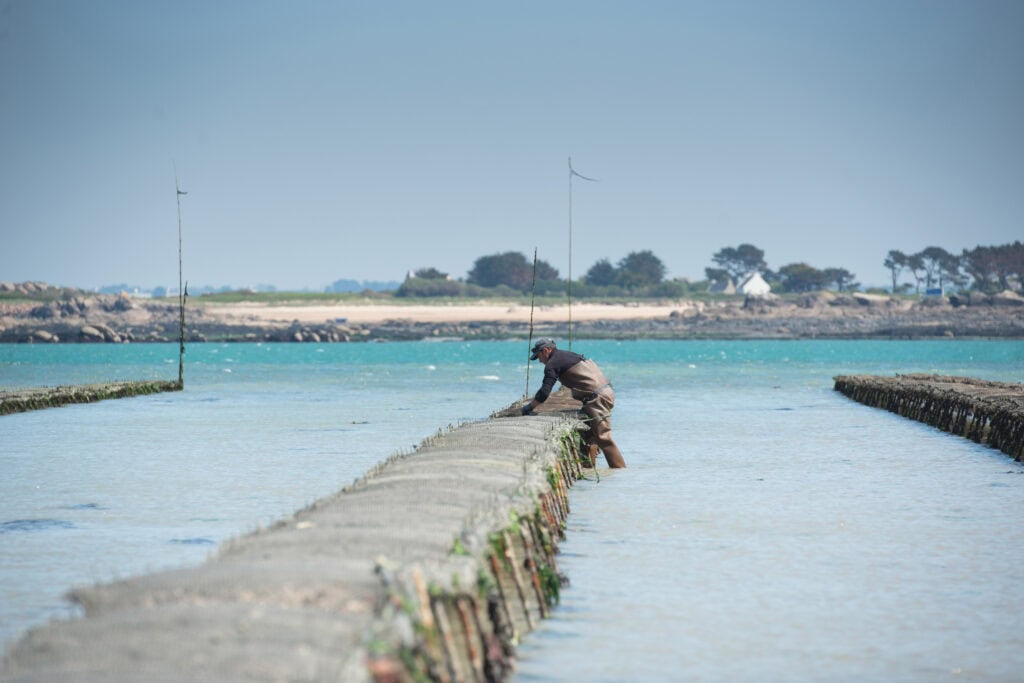
An oyster farmer surveys his nets © Nicolas Job / Ocean Image Bank
Myth #3: Sticking to familiar fish is the safest bet.
Researching the sustainability of your favorite seafood at your most frequented grocery store or market is a great way to have confidence in your seafood purchases. However, there are even more ways to make a positive impact. One way to expand your culinary horizons and contribute to ocean conservation is by stepping out of your culinary comfort zone. Embrace sustainable substitutions that you may not have tried before (ever heard of Arctic Char or Pacific Sanddabs?).
Exploring lesser-known species not only expands your taste buds but also helps protect overfished favorites. By supporting diverse catches, you encourage responsible fishing practices across the board. Think of it as diversifying your portfolio, but for the ocean.
In the past, 90% of the seafood consumed by Americans came from just 10 species. However, there has been a positive shift. In 2021, that number decreased to 76 percent, indicating that Americans are gradually becoming more adventurous in their seafood choices. This change is not only exciting for culinary exploration but also beneficial for the health of our oceans. A diversified diet helps alleviate the strain and overfishing of certain stocks, contributing to a more sustainable seafood industry.
So, next time you’re browsing the seafood section, consider trying a new, sustainable species. You might discover a delicious new favorite while making a positive impact on our oceans.

© Iva Balk
Myth #4: Fresh is better than frozen.
It may come as a surprise, but the highly perishable nature of seafood leads to retailers discarding approximately 30% (if not more) of the product that enters their stores. While the fish counter can offer great selections, it’s even better to buy directly from local fisheries and Community Supported Fisheries (CSFs) whenever possible. This not only supports local businesses but also ensures that you’re getting the freshest and most sustainable seafood options available.
However, it’s also important to note that frozen seafood can be just as good, if not better, in certain cases. Plus, buying seafood in bulk frozen can help you save money.
Thanks to modern freezing techniques, frozen seafood often retains more nutrients and flavor compared to its fresh counterparts that have traveled long distances. Freezing not only helps preserve the quality of the seafood but also plays a significant role in reducing food waste, which is a major issue within the industry.
Myth #5: Eating seafood at all is bad.
This is tricky, as we do encourage limiting seafood (and meat) consumption as an important way to reduce your overall environmental impacts. However, there are a few reasons why we still believe it is ok, and even good, to eat seafood on occasion.
For one, seafood carries a significantly lower carbon footprint compared to dairy, meat, and even soy. This is due to the fact that seafood uses less space and freshwater resources than land-based foods. However, the specific fishing methods and practices used are key, as they greatly influence the overall environmental impact of seafood.
In addition, millions of people worldwide make their livelihoods from the sea. Although the seafood industry is sadly filled with bad actors, there are also many fishers, aquaculturists, and seafood purveyors who share our deep love for and connection to the ocean and are equally committed to ocean conservation. We believe that it is not only important to support responsible seafood purveyors for moral reasons, but also because it supports an economic system that values the health and wellbeing of the ocean over the long term.
Therefore, making informed and responsible seafood choices, and passing on irresponsible ones, is one of the best things you can do as an individual to actively contribute to healthy fish populations and ecosystems. By seeking out sustainable seafood options, such as those with certifications or from responsible aquaculture practices, you directly support ocean health and make a positive difference.
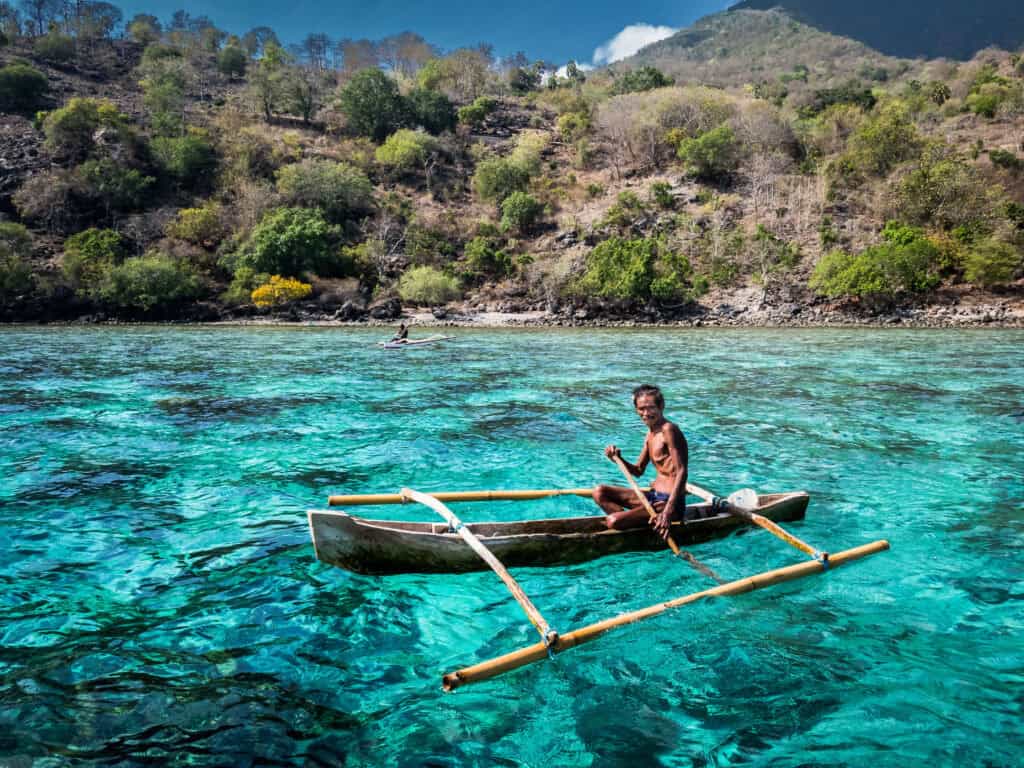
Fisherman in Alor, Indonesia. © Erik Lucas / Ocean Image Bank


